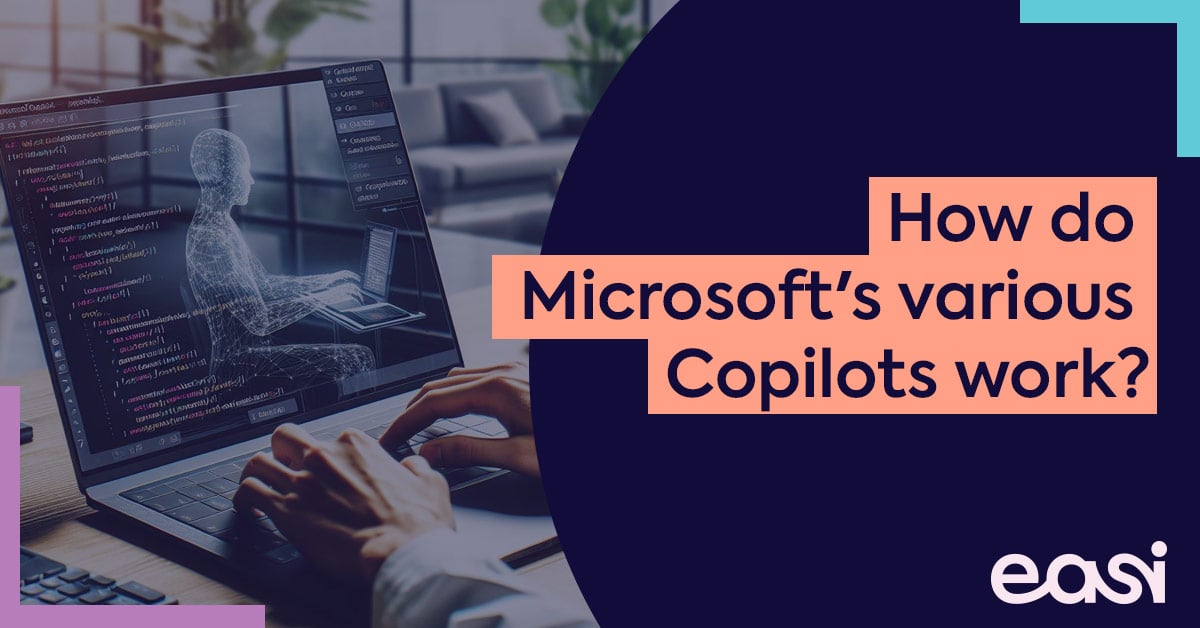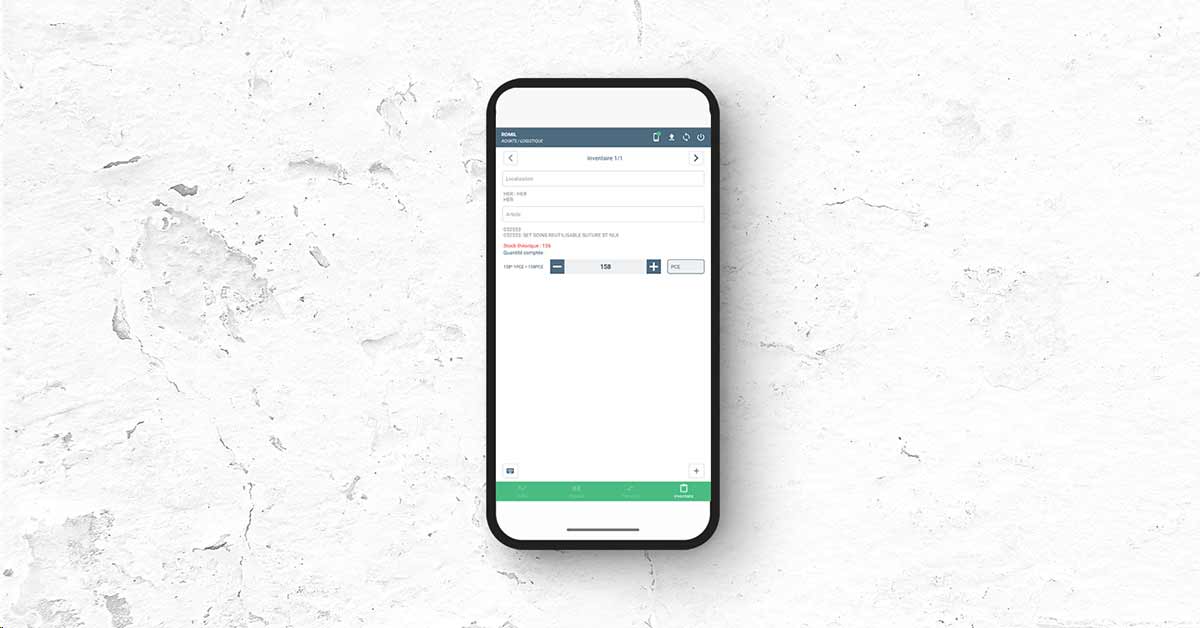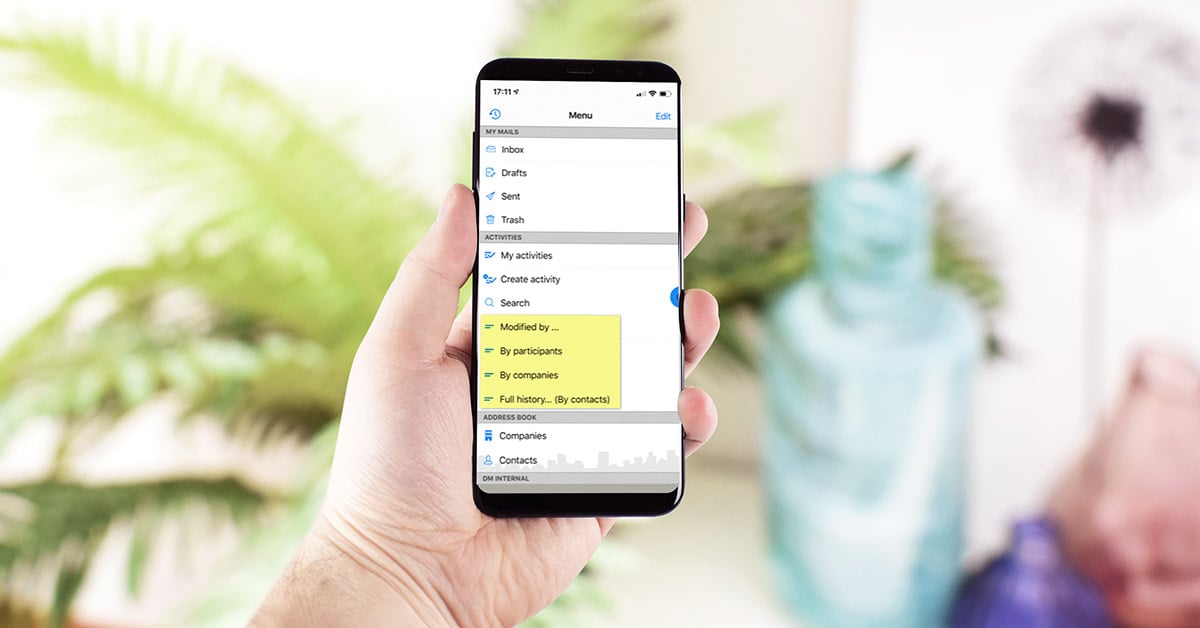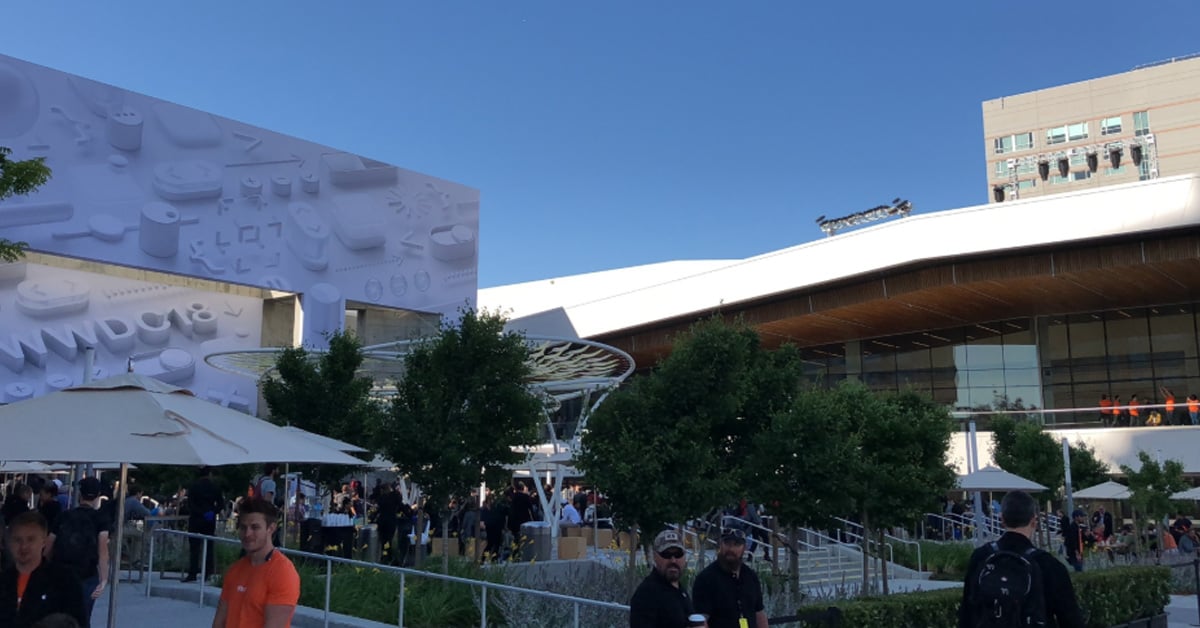In less than 10 years, we completely changed our mind about what an application is. "Back in the days", it was a piece of software made to run on bulky computers: your favorite "apps" were Firefox, MSN, Internet Explorer (Hum hum), 3D Pinball, ...
Now, ask any teenager what's his favorite app and you won't get any of those, but rather Snapchat, Facebook, Instagram. The inherent concept of application has changed, and now desktop applications are made to look like a mobile one. This has pros and cons, and one of the big separations that still exist between the two environments is the multi-windowing. This is why computers are still the main productivity tools for professionals : you can easily see multiple applications displaying multiple information at once, something that is quite not so easy on our smartphones and tablets (even if tablets are slowly getting to it).
But it looks this is going to change!
With the new Android Nougat comes new functionalities that tend to break the idea of "app as a whole", introducing a kinda modularity concept :
- Split-screen : this is something that was already present on some manufacturer devices, but now it's a default in Android, with an added value : A single app can occupy both portions of the screen, displaying each a different page of the app, and where information can be passed from one to an other via drag-n-drop
- Multi-window : this isn't yet enabled by default on Android, but will allow an app to have each of it's pages as a stand-alone window. Still this is already useable via Chrome OS, that now allows the installation of Android apps, and offers multi-windowing by default.
- Instant Apps : this was one of the big announcements of the Google IO, even if that feature release is planned during 2017 : you'll be able to use a portion of an application, without having to install it. It's like searching for sunglasses on Google, finding a pair on Amazon and being able to see that item in the Amazon's app and ordering it as if the full app was installed, except it's not.
Those kind of new features will force the developers to think their application with modularity in mind : either for the users that want to use only a specific feature and not the whole app, or for power-users wanting to expand their productivity by having a lot of stuff on their screen.
This modularity will probably also have a impact on the use of "classical" computers : a lot of users already use their mobile devices as main tools for their jobs, and with the increasing power of those devices, the necessity of having a bulky/heavy laptop with you all day is decreasing every day.
That's something that we really take into account at EASI : the builders of tomorrow are the ones with an open-mind and a clear vision of the future, thinking today what can be the best for you tomorrow.





